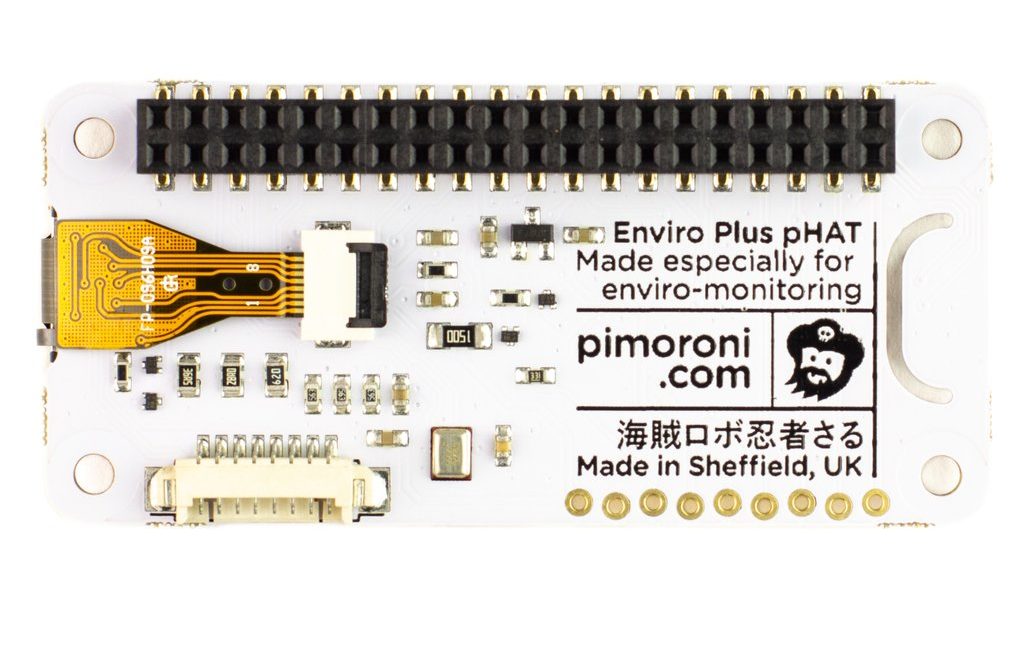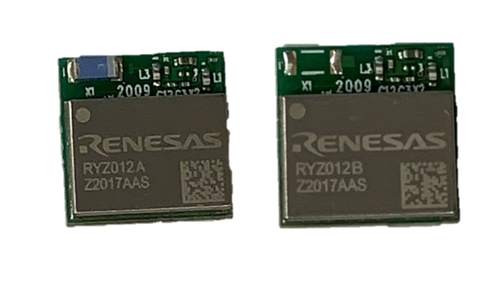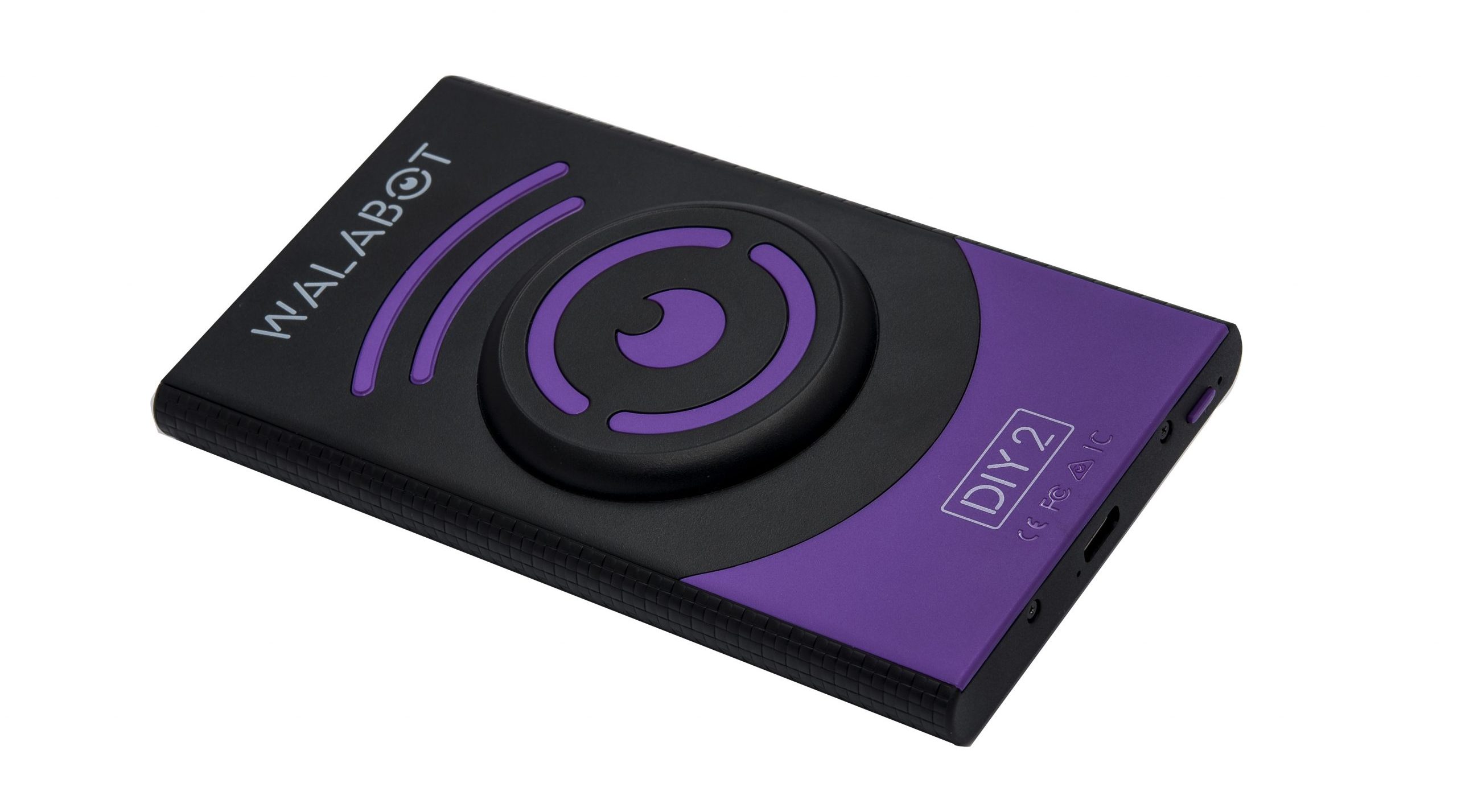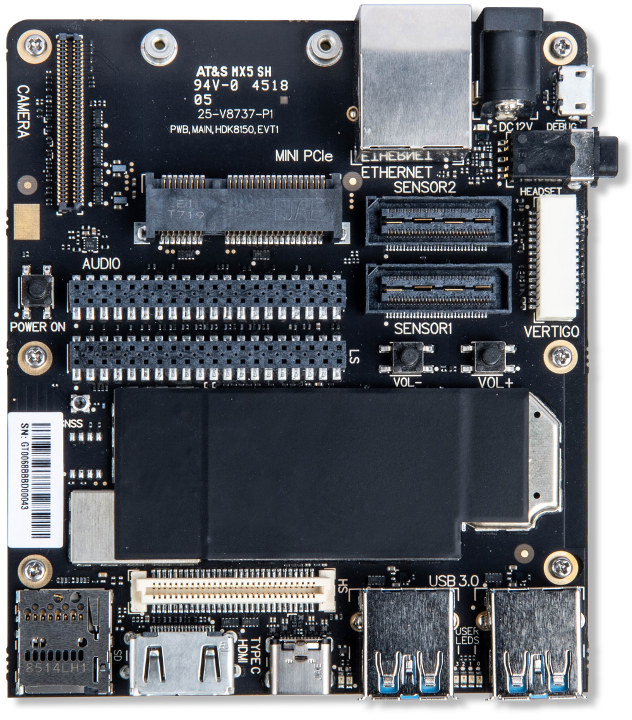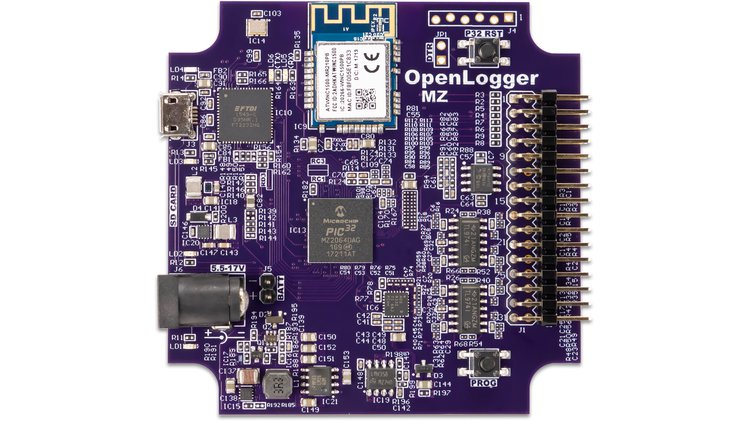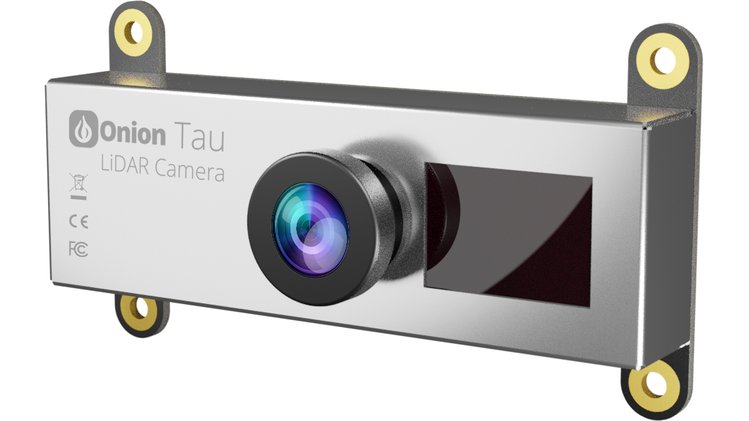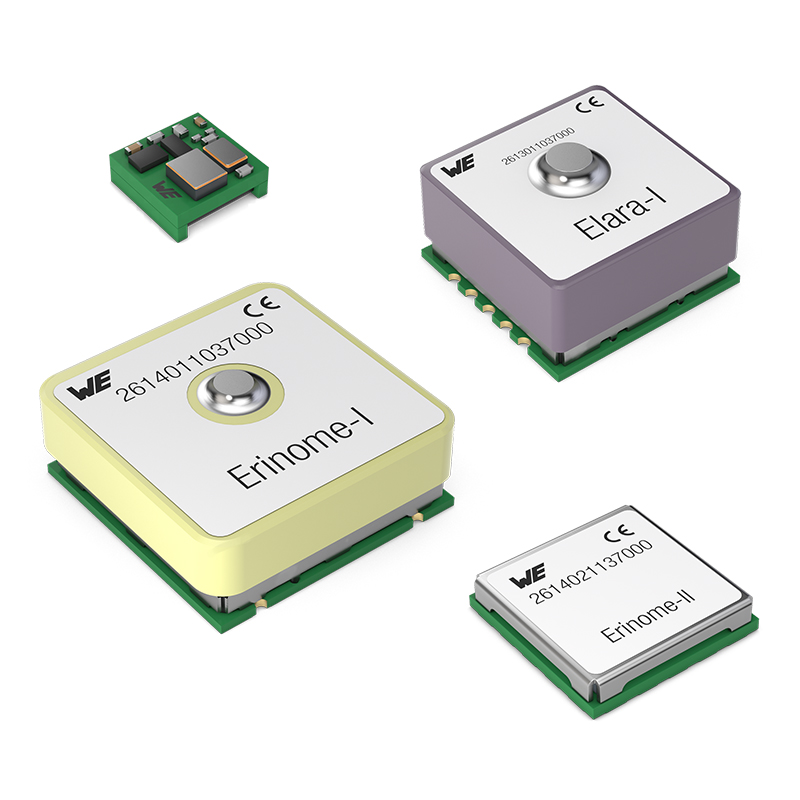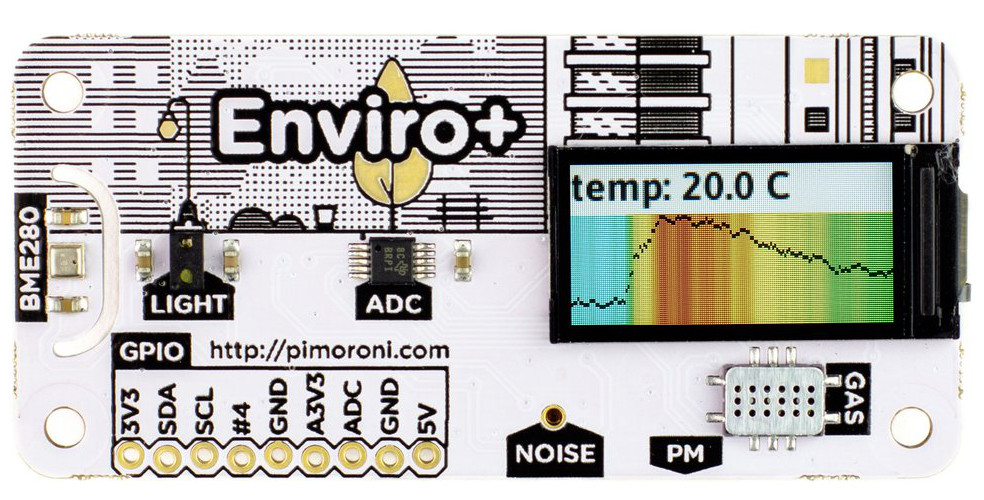
Raspberry Pi Based Enviro+ pHAT Detects Indoor and Outdoor Atmospheric Conditions
If you reside in an area with high levels of outdoor air pollution, you will probably be breathing more indoor pollutants, which is not good for your health. Of course, that depends on your home’s ventilation system and potential pollution sources. Indoor pollutants range from smoke and carbon monoxide to fumes from carpets, industrial cleaners, and non-stick cooking pans. These pollutants can result in headaches and irritations to long-term respiratory problems and cancer. The good thing is that there are a number of devices that can detect these pollutants, and help us take appropriate actions. Pimoroni has launched a $57 “Enviro+” pHAT for the Raspberry Pi, that can detect indoor air quality, temperature, pressure, humidity, light, and noise. Available also is an optional “PMS5003 Particulate Matter Sensor” you can hook up for detecting outdoor pollution.
Pimoroni had launched a $20 Enviro pHAT board back in 2016 for the Raspberry Pi. However, its environmental sensors were limited to a temperature/pressure sensor, light sensor, and whatever could be hooked up via the 4-channel analog to digital converter (ADC). The $57 Enviro+ pHAT ditches the accelerometer/magnetometer present in the $20 Enviro pHAT board, and adds humidity and analog gas sensors, with a MEMS microphone for detecting noise levels, and a 1-inch color LCD screen. The Enviro+ has a connector for hooking up the Plantower’s 25-Pound ($32) PMS5003 Particulate Matter Sensor.
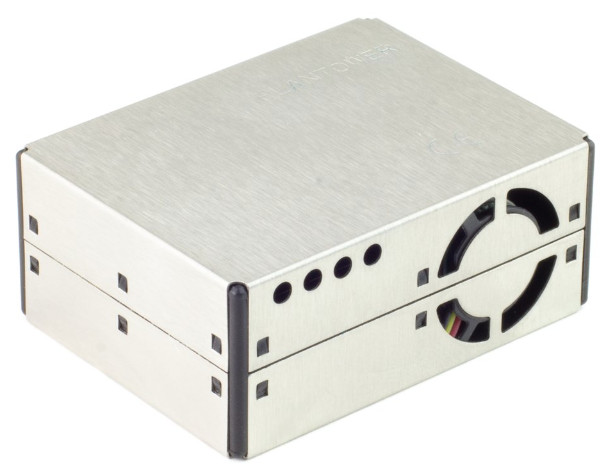
The PMS5003 is designed for detecting outdoor pollution. According to Pimoroni, the gas sensor of the Enviro+ enables qualitative measurements of changes in gas concentrations, “so you can tell broadly if the three groups of gases are increasing or decreasing in abundance.” The company says the reading from the temperature, air pressure, and humidity sensors can not only be used to monitor general indoor conditions but can all affect particulate levels, giving you a more complete picture of air quality.
The Enviro+ is basically designed to control the new PMS5003 Particulate Matter Sensor to monitor real-time external air quality. One of the benefits of the combined platform according to Pimoroni is that it can be used to contribute to open data citizen science projects like Luftdaten. The PMS5003 sensor functions by sensing and discriminating between PM1, PM2.5, and PM10 particulates of various sizes. It is capable of detecting pollutants from sources like smoke, dust, pollen, metal, and organic particles. The device has a small fan that sucks air through the sensor and passes a laser that can detect both the concentration and size of particles. The device comes with a serial port and cable.
Pimoroni suggests the PMS5003 device is designed for indoor use, Plantower however, does not seem to mention this restriction. I feel it can still perform outdoors since most particulate pollutants found indoors emanate from outdoor pollutants. The Enviro+ is available for 45 UK Pounds ($57), the PMS5003 Particulate Matter Sensor is available for 25 Pounds ($32), and 13 Pounds ($16.40) for a pre-soldered Raspberry Pi Zero WH.
Specifications listed for the Enviro+ include:
- BME280 temperature, pressure, humidity sensor
- LTR-559 ight and proximity sensor
- MICS6814 analog gas sensor
- ADS1015 ADC with a spare channel for adding another analog sensor
- MEMS microphone
- 0.96-inch, 160 x 80 color LCD
- I2C pins for attaching Pimoroni I2C breakouts
- Connector for PMS5003 Particulate Matter Sensor
- Python libraries, examples, and tutorial on GitHub with IFTTT and Alexa support.
Further information
More information can be found at Pimoroni’s Enviro+ and PMS5003 shopping pages, and Plantower’s PMS5003 product page.





